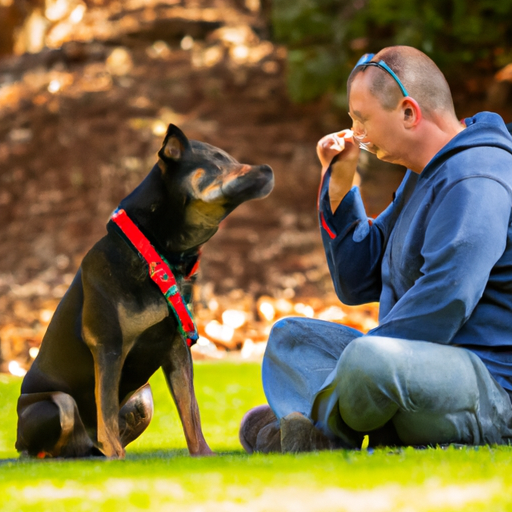Aggression in dogs can be a serious issue if not dealt with properly. It can pose a threat to you, your family, and others around you. It’s essential to know how to correct aggressive behavior in your furry friend effectively. This guide will cover the necessary steps and techniques to help manage and correct such behavior.
Understanding the Causes of Aggressive Behavior
Understanding the root cause of your dog’s aggressive behavior is essential in finding the best way to correct it. Dogs can become aggressive for various reasons:
- Fear or anxiety
- Territorial defense
- Pain or discomfort
- Frustration
- Predatory instinct
Some breeds are naturally more aggressive than others, but it’s important to remember that any dog can exhibit aggressive behavior under the right circumstances.
Establishing a Safe and Comfortable Environment
Creating a safe, comfortable environment for your dog is the first step to correcting aggressive behavior:
- Comfortable living space: Make sure your dog has a comfortable place to sleep and rest. This could be a bed, crate, or a designated room.
- Regular exercise: Dogs need regular exercise to burn off energy and reduce stress. Aim for at least 30 minutes to an hour of exercise each day.
- Mental stimulation: Just like humans, dogs get bored too. Provide toys, puzzles, and activities to keep their mind engaged.
Creating a positive environment can significantly decrease the likelihood of aggressive behavior.
Training Techniques to Correct Aggression
Training is an essential tool in correcting aggressive behavior in dogs. Here are a few techniques you can use:
- Positive reinforcement: Reward your dog for good behavior. This could be with treats, praise, or petting.
- Redirection: If your dog starts to show signs of aggression, try to redirect their attention to something else.
- Time-outs: Time-outs can be used as a form of punishment for aggressive behavior.
Seeking Professional Help
If your attempts to correct your dog’s aggressive behavior are unsuccessful, it may be time to seek professional help. A professional dog trainer or behaviorist can provide additional strategies and techniques to correct aggression.
| Type of help | Pros | Cons |
|---|---|---|
| Professional dog trainer | Can provide personalized training plans | Can be costly |
| Behaviorist | Can identify underlying issues causing aggression | May require multiple sessions |
Coping with the Stress of Dealing with Aggression
Dealing with an aggressive dog can be stressful. It’s crucial to take care of your own mental health during this time. Try to stay patient, remain consistent with training, and don’t hesitate to ask for help if you need it.
Frequently Asked Questions (FAQ)
Q: Can aggressive behavior in dogs be entirely cured?
A: It depends on the cause of the aggression and the dog’s individual circumstances. However, in many cases, it can be managed with the right training and care.
Q: Will neutering or spaying my dog help with aggression?
A: Neutering or spaying can help reduce aggression in some dogs, especially if the aggression is linked to hormonal changes.
Q: Should I use punishment to correct aggressive behavior?
A: Punishment can often exacerbate aggressive behavior. Instead, try using positive reinforcement and redirection techniques.
Q: How long will it take to correct aggressive behavior in dogs?
A: The time it takes to correct aggressive behavior can vary greatly, depending on the severity of the aggression and the dog’s individual circumstances. It might take weeks, months, or even longer with consistent training and management.



